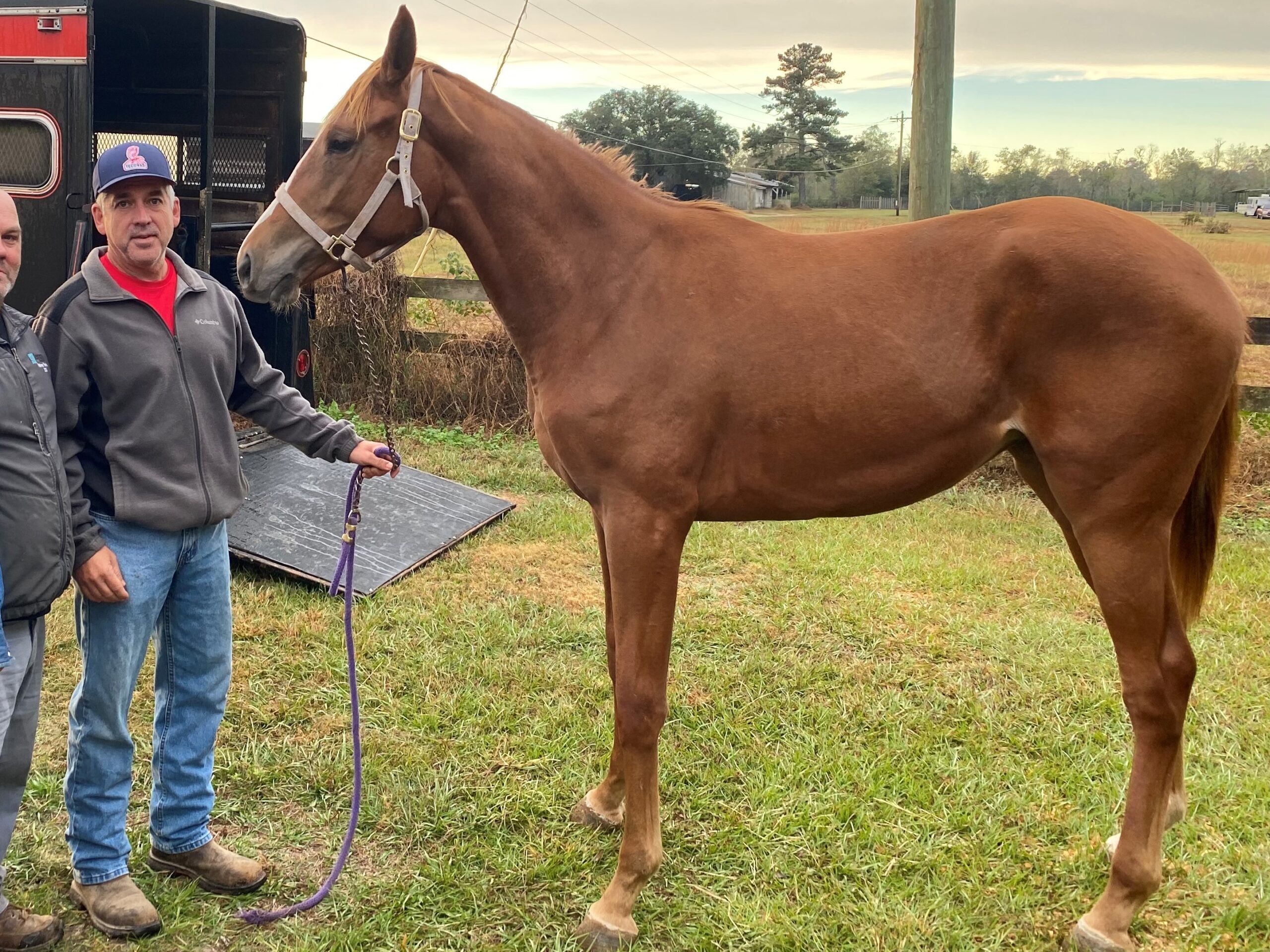Last updated: May 29, 2025
The Appaloosa is an American horse breed best known for its colorful spotted coat, intelligence, and versatility in both Western and English disciplines. Developed by the Nez Perce tribe, these horses are a testament to selective breeding for intelligence, agility, and endurance, making them exceptional partners for various disciplines. In this comprehensive guide, we’ll delve into the fascinating world of the Appaloosa horse breed, exploring their unique traits, care needs, and why they continue to captivate hearts.

Quick Facts about Appaloosa Horses
Average Height: 14.2–16 hands.
Population: Over 400,000 registered worldwide (ApHC 2024 data), making it one of the largest horse registries globally.
Registry: Appaloosa Horse Club (ApHC), founded 1938.
Breed Origin: United States (Pacific Northwest), developed by the Nez Perce tribe.
Identifying Characteristics (beyond spots): Mottled skin (muzzle, eyes, genitalia), white sclera (visible part of eye), striped hooves.
Temperament: Intelligent, adaptable, loyal, and generally eager to please.
Uses: Western pleasure, reining, cutting, barrel racing, English disciplines (dressage, jumping), endurance riding, trail riding, general pleasure.
Lifespan: 25–30 years with proper care.
Appaloosa Horse Breed: History & Cultural Significance
The story of the Appaloosa begins with the Nez Perce tribe in the Pacific Northwest. In the 18th century, these skilled horsemen began selectively breeding horses for agility, intelligence, endurance, and their distinctive spotted coats. These markings provided natural camouflage and became a hallmark of the tribe’s horsemanship.
After the Nez Perce War of 1877, the breed nearly vanished due to U.S. Army policies that dispersed their herds. Thanks to dedicated enthusiasts, the Appaloosa Horse Club (ApHC) was founded in 1938, ensuring the breed’s survival. Today, the Appaloosa stands as a living piece of American history and a bridge between cultures.
Appaloosa Coat Patterns & Genetics
The most iconic feature of the Appaloosa is its diverse, striking coat patterns—each a story of genetic diversity.
The Science Behind the Spots
- Leopard Complex (LP) gene: The primary driver of the Appaloosa’s characteristic patterns (UC Davis VGL: Leopard Complex).
- PATN genes: Modify the LP gene’s effects, influencing the size, shape, and distribution of spots.
- Learn More: For a deeper dive, see The Science of Horse Coat Colors: A Deep Dive.
Common Appaloosa Coat Patterns
Appaloosa coat patterns vary widely due to the interplay of the LP and PATN genes, with the following being the most common expressions in the breed.
| Pattern | Image | Description |
|---|---|---|
| Blanket |  | White overlay over the hips, often with spots. Resembles a blanket draped over the horse’s back, varying in size and shape. |
| Leopard |  | Dark spots of varying sizes over a white or light base coat. Gives the horse a distinctive “dalmatian” look. |
| Snowflake |  | White or light spots on a darker base coat, often concentrated on the hindquarters. The spots, resembling snowflakes, can appear and change over time. |
| Marble (Varnish Roan) |  | Mottled or roaning pattern where dark hairs intersperse with white hairs, especially on the face, bony prominences, and flanks. |
| Frost |  | White hairs interspersed with the base coat, most concentrated along the topline, hips, and croup. Creates a frosted or misty look that may intensify with age. |
Appaloosa Horse Breed Physical & Temperament Characteristics
Beyond their iconic spotted coats, the Appaloosa horse breed boasts a unique combination of physical traits and a temperament that makes them exceptional partners for riders of all levels. They have:
- Conformation: Athletic, sturdy, with well-muscled hindquarters. Height: 14.2–16 hands; Weight: 950–1200 lbs.
- Mottled Skin: Pigmented and non-pigmented patches, especially around the muzzle, eyes, and genitalia.
- White Sclera: The white of the eye is more visible than in most breeds.
- Striped Hooves: Vertical light and dark stripes, often strong and healthy.
Temperament:
Appaloosas are celebrated for their intelligence, adaptability, and loyalty. They are generally eager to please, thrive on consistent, positive reinforcement, and often form deep bonds with their handlers. Their curiosity and willingness make them excellent for riders of all levels.

Appaloosa Health: Common Issues & Care
While generally hardy, Appaloosas are predisposed to certain genetic health conditions, particularly those linked to the LP gene.
Common Health Issues:
- Equine Recurrent Uveitis (ERU):
A chronic, painful eye inflammation affecting up to 10% of Appaloosas (UC Davis VGL: ERU).
Management: Regular vet checks, prompt treatment, and UV-blocking fly masks. - Congenital Stationary Night Blindness (CSNB):
Affects most Appaloosas homozygous for the LP gene (UC Davis VGL: CSNB).
Management: Avoid riding at dusk/night; keep in familiar environments. - Skin Sensitivity & Sunburn:
Light-colored areas are prone to sunburn.
Management: Use zinc oxide, equine sunscreen, shade, and UV fly masks.
General Care:
- Hoof Care: Regular trimming and cleaning; striped hooves are often strong.
- Feeding: High-quality forage, balanced feed, and minerals (Horse Nutrition Guide).
- Grooming: Regular brushing for coat health.
- Exercise: Consistent exercise and turnout (Horse Exercise Programs).
- Veterinary Care: Routine check-ups, vaccinations, and deworming.
The Versatility & Disciplines of the Appaloosa Horse Breed
From ranch work to competitive arenas, the Appaloosa horse breed showcases remarkable versatility across various disciplines, making them a favorite among equestrians. Appaloosas excel in:
- Western disciplines: Pleasure, reining, cutting, barrel racing, trail. Learn more about working ranch horse breeds.
- English disciplines: Dressage, jumping, eventing.
- Endurance: Hardy and reliable for long-distance riding.
- Family & Trail: Calm, reliable, and suitable for riders of all ages.

Notable Appaloosas:
- Joker B: Legendary sire and performance horse.
- High Sign Nugget: Multiple national and world championships. (Appaloosa Hall of Fame)
- Colored By Charlie: Modern champion in Western pleasure.
Choosing & Training an Appaloosa
- Selection: Assess conformation, health, and temperament.
- Training: Consistency, positive reinforcement, and variety keep them engaged.
- Early Socialization: Exposure to varied environments builds confidence.

Appaloosa vs. Paint Horse: Key Differences
While often mistaken for each other due to their spotted coats, the Appaloosa and Paint Horse differ significantly in genetics, origins, and physical traits.
- Appaloosa: Defined by LP gene patterns (Blanket, Leopard, Snowflake), mottled skin, white sclera, and striped hooves. Developed by the Nez Perce.
- Paint Horse: Defined by stock horse conformation and patterns (Tobiano, Overo, Tovero) with Quarter Horse, Thoroughbred, or Paint ancestry.
See our American Paint Horse: A Comprehensive Guide for a full comparison.

Appaloosa Horse Breed FAQs
Curious about the Appaloosa horse breed? Here are answers to some of the most frequently asked questions to help you understand this remarkable equine.
Are Appaloosas good for beginners?
Yes, Appaloosa horses’ intelligence and willing temperament suit novice riders with consistent training.
How long do Appaloosa horses live?
With proper care, an Appaloosa horse typically lives 25–30 years.
Are Appaloosas fast?
Yes, Appaloosa horses are athletic and have excelled in racing and speed events. Check out the fastest horse breeds.
Are all spotted horses Appaloosas?
No. While famous for spots, other breeds (Pintos, Knabstruppers, POAs) can have similar patterns. Appaloosas have unique identifying traits.
Appaloosa vs. Quarter Horse: What’s the difference?
Quarter Horses lack the Appaloosa’s genetic spotted patterns and associated traits.
Are Appaloosa Horses Rare?
No, Appaloosa horses are not rare. They are a popular breed with a significant presence in North America and globally.
Interactive: Appaloosa Pattern Poll

Conclusion: Celebrating the American Appaloosa Horse
The Appaloosa is a testament to selective breeding, natural beauty, and enduring partnership. From its Nez Perce origins to modern arenas, this breed impresses with its striking look, intelligence, and versatility. Whether you’re drawn to their patterns or their personality, the Appaloosa offers a rewarding journey for any horse enthusiast.
References & Further Reading on The Appaloosa Horse Breed
- Appaloosa Horse Club (ApHC) Official Website
- UC Davis Veterinary Genetics Laboratory: Equine Recurrent Uveitis (ERU)
- UC Davis Veterinary Genetics Laboratory: Leopard Complex Spotting and CSNB
- University of Minnesota Extension: Horse Sunburn and Photosensitivity
- UC Davis Veterinary Genetics Laboratory: ERU and CSNB Prevalence in Appaloosas (2023)
- Horse Illustrated: Appaloosa Horse Facts
- PetMD: Appaloosa Horse Breed Profile
- American Paint Horse: A Comprehensive Guide (internal)
- Horse Coat Colors, Patterns, & Pictures (internal)
- The Science of Horse Coat Colors: A Deep Dive (internal)
- Horse Nutrition Guide (internal)
- Horse Exercise Programs: Building Soundness & Peak Health (internal)


About the Author: Miles Henry
Lifelong Horseman | Racehorse Owner | Published Author
Miles Henry brings over 25 years of hands-on experience training and owning Thoroughbred racehorses. Raised with Quarter Horses and Appaloosas, he’s spent a lifetime learning from horses—on the track, in the barn, and in the field. Today, he runs a small but successful racing stable in Louisiana and shares real-world insights on HorseRacingSense.com, helping horse owners, fans, and bettors navigate the sport with confidence.
📚 Books: View Miles’s books on Amazon »
🎧 Podcast Guest: Animal Tales Ep. 32 |
YouTube Interview
📩 Newsletter: Sign up for racing tips and horse care advice »
🔗 Follow Miles:
Twitter |
Facebook |
YouTube


